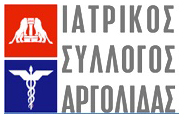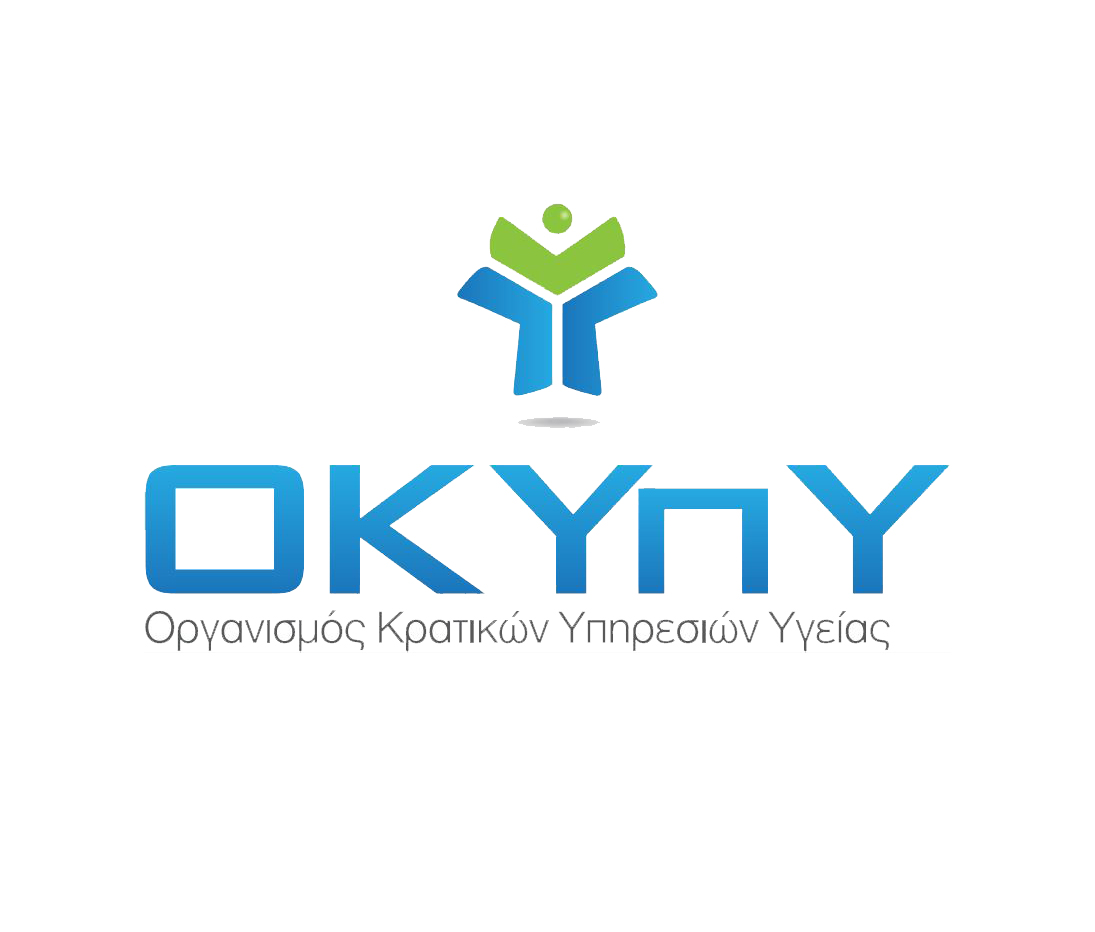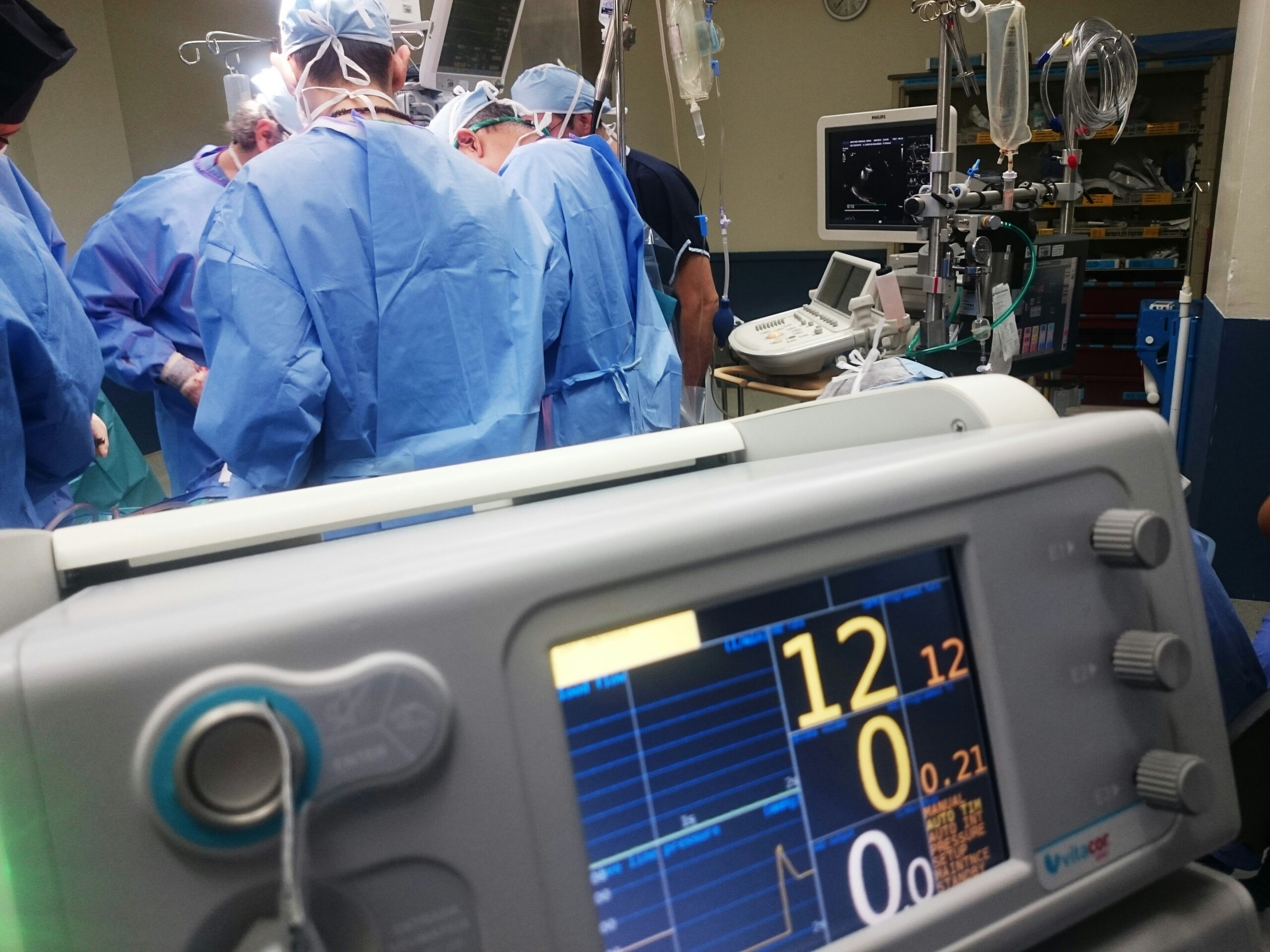Safety and Immunogenicity of an Investigational Adenovirus Type-5–Vectored COVID-19 Vaccine
Development of a safe, effective COVID-19 vaccine is one of the most pressing current public health imperatives. Adenoviruses have been used safely as vectors for vaccination in humans, although none is currently licensed for use. Investigators in China have now evaluated the safety and immunogenicity of an adenovirus type 5 (Ad5)–vectored vaccine expressing the SARS-CoV-2 spike antigen in healthy volunteers at a single center. Participants were enrolled into three dose groups from low to high dose, with a 3-day observation before testing the next dose: injection of the low-dose (36 participants), middle-dose (36 participants), or high-dose (36 participants) vaccine.
At least one adverse event was reported by 87 participants (81%), with no difference between groups. The most common injection-site reaction was pain (54% of participants), and the most common systemic adverse reaction was fever (46% of participants), including a temperature of greater than 38.5°C in 8% of participants. The vaccine was immunogenic; a fourfold rise in antibodies to the virus receptor-binding domain was detected in 94% to 100% of each dosing group at 28 days postvaccination. A fourfold rise in neutralizing antibodies was seen in 50% to 75% of each dosing group at 28 days. Pre-existing immunity to the vector resulted in decreased likelihood of a fourfold rise in neutralizing antibody titers post vaccination.
This is the first published study on safety and immunogenicity of any COVID-19 vaccine in humans. Data on many other COVID-19 vaccine platforms will follow. The choice of Ad5 as a vector is concerning. When Ad5 was used as a vector for vaccination against HIV in humans, common pre-existing immunity to the vector was one factor associated with increased HIV acquisition. In addition, this vaccine demonstrates significant reactogenicity, albeit self-limited, and only modest immunogenicity. Despite these concerns, the investigators indicate that this vaccine entered phase 2 evaluations
(https://doi.org/10.1016/S0140-6736(20)31208-3)








